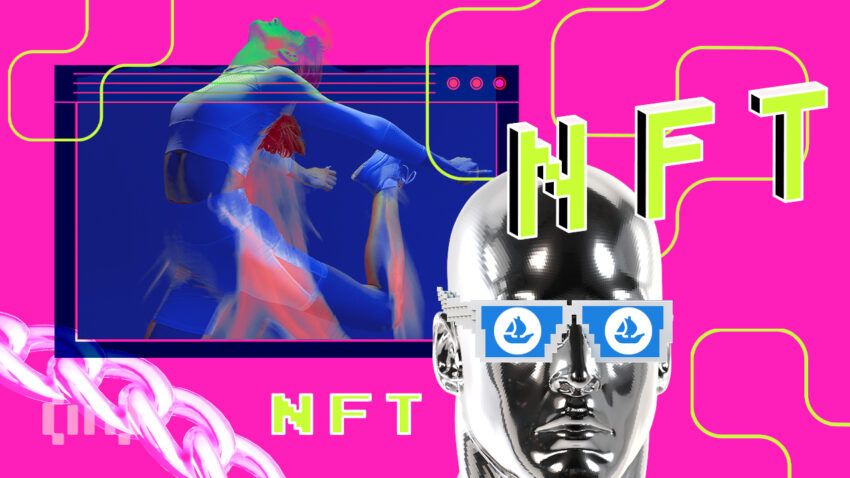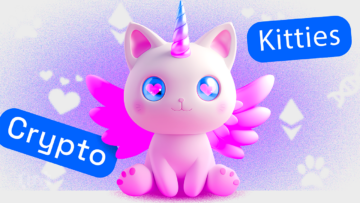OpenSea is one of the most well-known NFT marketplaces. It offers a vast collection of digital art and other unique items. However, it’s not the only platform available. In recent years, the number of NFT marketplaces has shot up. But are any of them genuine competition for Opensea? In this article, we’ll take a closer look at some of the best Opensea alternatives and help you decide which could be right for you.
BeInCrypto Trading Community in Telegram: discuss crypto projects & NFT, read reviews on alternatives to crypto platforms & get answers to all your questions from PRO traders & experts!
- OpenSea and NFT marketplace competition
- The 9 best OpenSea alternatives
- Kraken NFT Marketplace
- Binance NFT Marketplace
- Bybit NFT Marketplace
- Coinbase NFT Marketplace
- OKX NFT Marketplace
- Gate.io NFT Magic Box
- Blur NFT Marketplace
- LooksRare NFT Exchange
- Magic Eden NFT Marketplace
- Why look for OpenSea alternatives?
- How to choose the best Opensea alternative for you
- Frequently asked questions
OpenSea and NFT marketplace competition

NFT marketplaces are virtual platforms where users and investors can buy, sell, and trade NFTs.
Until recently, OpenSea was considered by far the most popular platform for trading NFTS. According to a Dune query, OpenSea currently has a market dominance of 36%. However, other analytics platforms give even more insights into NFT marketplaces.
By the end of February 2023, OpenSea experienced a significant decline in market share. This fall is mostly attributed to an airdrop launched by a new rival, Blur.
While the airdrop declined in value, it helped increase Blur’s market share by 34%. As a result, OpenSea’s market share was reduced from 36% to 15%, despite restructuring their fee model and policies in an attempt to counter the competition.
As of December 2023, OpenSea has a volume market share of 19.6% and a trades market share of 39.2%. In other words, the famed NFT exchange has declined both in total sales value and in the total number of transactions.
The 9 best OpenSea alternatives
Kraken NFT Marketplace
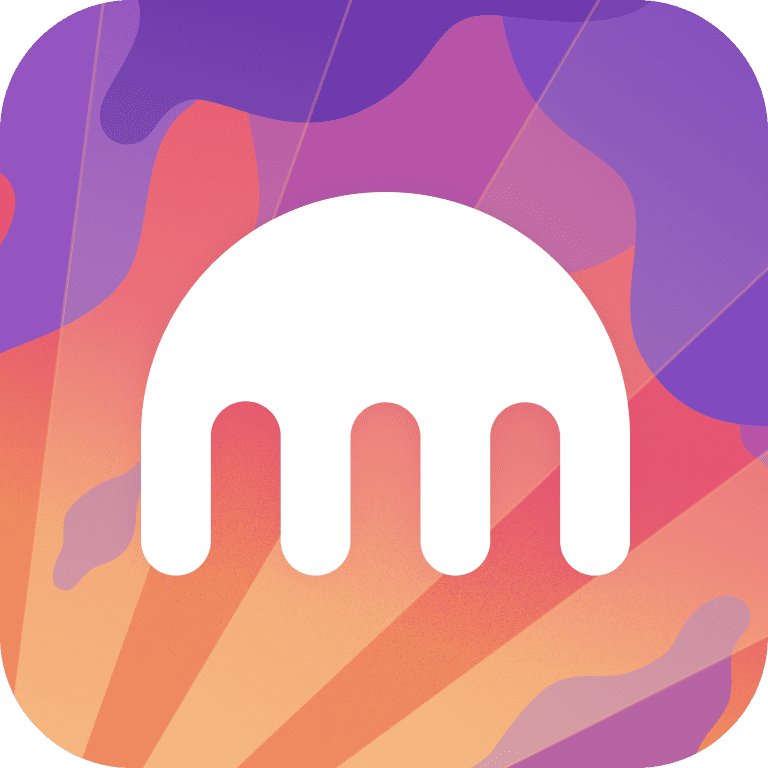
In December 2022, it launched a test version of its new NFT marketplace, which features over 110 well-known NFT collections, such as Bored Ape Yacht Club, Azuki, Doodles, and CryptoPunks. Kraken NFT marketplace currently only supports blockchains running on Ethereum or Solana. The platform also provides “gas-free” transactions
- Customer support 24/7
- Ability to pay with over 200 cryptocurrencies
- Zero gas fees for trades
- Only supports Ethereum and Solana-based NFTs
- The marketplace features only popular NFT collections
- It’s a new platform (December 2022)
1. Sign in to Kraken account.
2. Go to the NFT tab.
3. Select an NFT.
4. Press Continue, then Confirm purchase.
5. Go to My NFTs in Kraken account to view the NFT.
Binance NFT Marketplace
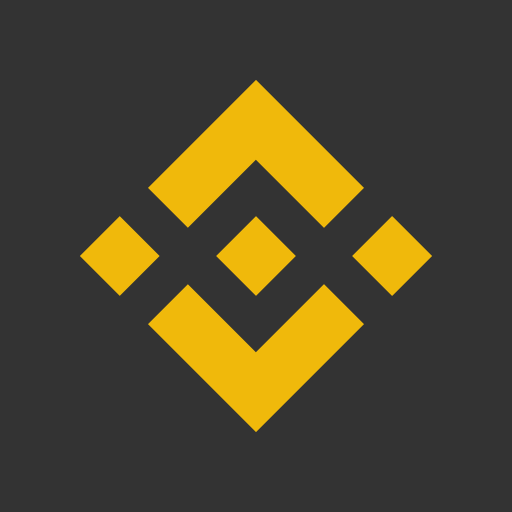
Binance, the largest cryptocurrency exchange worldwide, launched its NFT marketplace in June 2021. The platform features auctions of digital artworks by renowned artists such as Andy Warhol and Salvador Dali and includes all major genres of NFTs, including gaming, collectibles, entertainment, and art. For curated “Premium Event” collections, artists receive 90% of the proceeds from purchases, which sets a new standard for NFT awards.
- Binance is an established and reputable brand in the crypto industry
- The marketplace offers a broad range of NFT categories for users to choose from
- No fees for listing NFTs
- Creators can earn a 1% royalty charge from sellers, and the platform charges a low minting fee of only 0.000001 BNB.
- Minting restrictions. The platform has more limited minting permissions compared to other NFT marketplaces, which may not be ideal for some creators.
- New player in the market. As a relatively new platform, Binance NFT may not yet have access to the most exclusive or highly-desirable NFTs.
- Minimal royalties. Binance NFT only offers a 1% royalty for creators, which is significantly lower than what other NFT marketplaces allow.
1. Register for Binance.
2. Navigate to NFT tab on Binance website.
3. Scroll down and select an NFT.
4. Select Buy Now.
Bybit NFT Marketplace
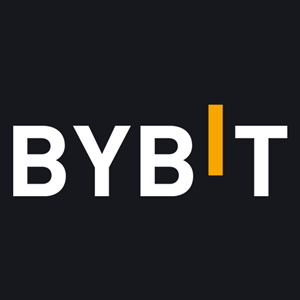
The diverse platform provides early access to cutting-edge NFT collections from all over the world. This marketplace has zero transaction fees. It is one of the best OpenSea alternatives since users can buy, bid, or mint NFTs from a wide range of categories, including GameFi, metaverse NFTs, digital art, and collectibles.
- Supported by a trustworthy cryptocurrency exchange
- Fair trading fees
- A curated selection of unique NFTs
- No requirement for an external wallet
- Intuitive and easy-to-use platform
- Limited to minting NFTs on the Ethereum blockchain only
- Self-minting of NFTs is not allowed
- NFT creators only receive a 1% royalty
1. Sign up for a Bybit account.
2. Go to Web3 tab on Bybit.com.
3. Select NFT.
4. Click Explore.
5. Choose an NFT and press Buy Now.
Coinbase NFT Marketplace
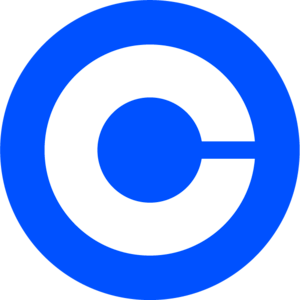
Unlike other marketplaces that require the use of a non-custodial web3 wallet like MetaMask, Coinbase NFT integrates with the Coinbase exchange. This allows users to purchase and sell NFTs using credit and debit cards in U.S. dollars. Furthermore, Coinbase will store users’ NFTs while enabling them to collect, showcase, and discover their non-fungibles in a single location.
- With a solid reputation in the crypto world, Coinbase is a trustworthy brand.
- The platform offers social NFT trading, enabling collectors to engage with each other and build communities.
- For a limited time, users can buy and sell NFTs on Coinbase without any fees.
- The platform features an intuitive interface that is easy to use.
- The platform is still in beta mode with limited functionality.
- It only supports the Ethereum blockchain, restricting access to NFTs on other blockchains.
- There are limited payment options available, which is potentially inconvenient for some users.
- It does not support the minting of NFTs, so creators will have to use a different platform to create their tokens.
1. Log in to Coinbase account.
2. Go to the menu and select NFT.
3. Scroll down and select an NFT.
4. Select Buy.
OKX NFT Marketplace

The OKX NFT Marketplace offers some of the lowest platform fees for NFT trading in the cryptocurrency industry. There are no charges for secondary market sales; users only need to pay network fees when buying or selling NFTs. Furthermore, assets minted using OKC benefit from low gas fees and quick transaction settlement times.
- NFT non-custodial wallet. The NFT platform is accessible through the OKX wallet (or any other web3 wallet).
- NFT minting. Users can use the OKX NFT platform to mint NFTs on the OKX chain, Ethereum, Polygon, or BNB chain.
- Features popular NFT collections.
- Suspicious NFTs may receive warnings from the platform.
- Less suitable for beginners since you need a web3 wallet to access the NFT marketplace
- Users are responsible for keeping their private keys safe.
1. Login to your OKX account.
2. Navigate to NFT marketplace.
3. Select Explore.
4. Choose and NFT and press Buy.
Gate.io NFT Magic Box
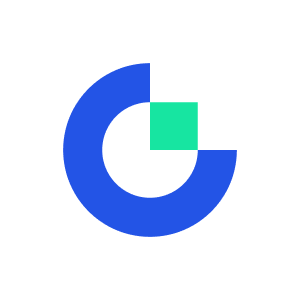
With the NFT MagicBox, users can browse listings, mint digital files for free, and check out trending collections. The MagicBox’s interface is straightforward and easy to navigate, presenting listings, prices, and usernames in a clear manner. The marketplace allows for easy sorting and toggling between collections, as well as customizing search results with filters to find the NFT or collection you’re looking for.
- User-friendly sign-up process. Creating an account on Gate.io is easy.
- Affordable fees. The marketplace fee is only 1%, which is significantly lower than on OpenSea (2.5%) and Foundation (5%). Additionally, minting on the GateChain network has no gas fees as of the time of writing (December 2023)
- Mobile accessibility. Gate.io offers a mobile app allowing users to access the exchange and NFT marketplace.
- Creator autonomy. Creators can choose the specific cryptocurrency they prefer buyers to use when purchasing their assets.
- Not available for U.S. residents. Gate.io's products and services are not accessible to residents of the United States.
- Limited selection of top ETH collections. Due to being on GateChain, the MagicBox NFT marketplace does not feature major blue chip NFT collections like Bored Ape Yacht Club and CryptoPunks.
- Experienced a hack. In 2021, the Gate.io exchange suffered a hack that resulted in the loss of $2 million worth of PAID tokens. Although holders were compensated, this security breach remains noteworthy.
1. Sign in to Gate.io.
2. Go to Gate NFT.
3. Select Marketplace.
4. Choose an NFT and select Purchase.
Blur NFT Marketplace
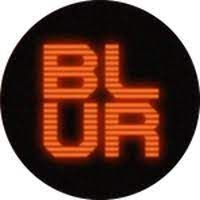
Blur provides traders with a marketplace, an aggregator, and advanced trading tools all in one platform. Users on the platform are not charged any transaction fees. Additionally, royalties, which are typically mandatory on other marketplaces, are not mandatory on Blur. Instead, a default royalty rate of 0.5% is recommended for buyers, but this can be customized or even set to 0.
- NFT sweeping on multiple leading NFT marketplaces
- NFT sniping thanks to NFT reveals tools (Blur updates listings 15 times a minute)
- Enhanced NFT portfolio management and analytics
- Users have to choose between Blur and OpenSea (can’t earn royalties on both platforms)
- Not suitable for new NFT traders
- Limited to digital paintings. Not suitable for more specialized art forms such as 3D models, videos, GIFs, and interactive digital art.
1. Sign in to web3 wallet (e.g., Metamask).
2. Go to blur.io.
3. Select an NFT.
4. Click Buy Item.
LooksRare NFT Exchange
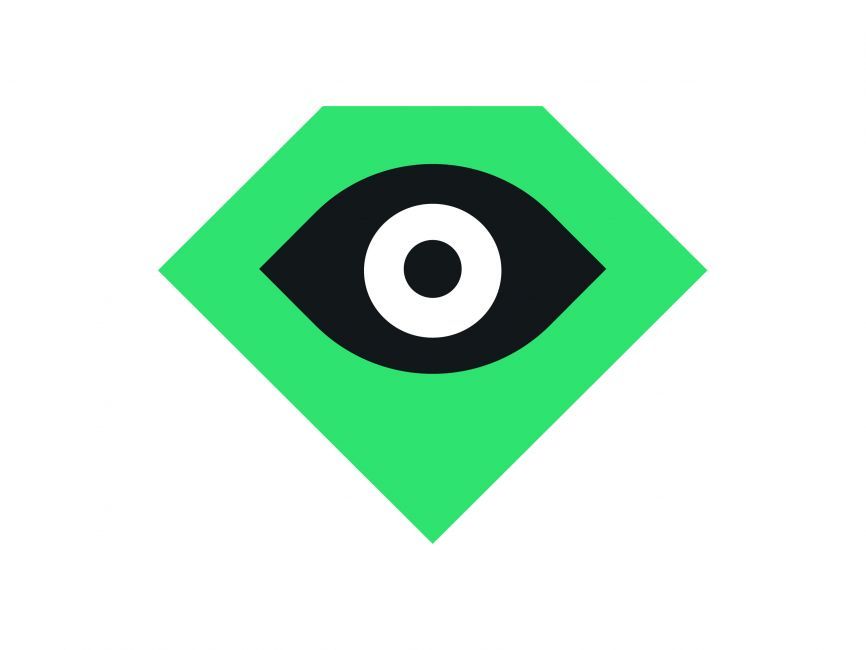
LooksRare was founded by two anonymous individuals known as Guts and Zodd. The motto of the LooksRare NFT marketplace is “by NFT people, for NFT people,” emphasizing decentralization and community involvement. Even for those who are less concerned about the ideals of web3, LooksRare offers users a cheaper and more streamlined experience, with the added ability to earn through NFT purchases.
- LooksRare has a 2% fee on NFT sales.
- Users can earn LOOKS rewards for staking, trading, and NFT listing.
- Users can bid on a whole collection instead of bidding on each item.
- LooksRare does not accept debit or credit card payments. You’ll need ETH or WETH to trade NFTs.
- There are no category-based search filters on the LooksRare platform. LooksRare doesn’t have a mobile app. Users can’t mint new NFTs, as the platform only allows you to buy or sell NFTs.
- Market manipulation. Because of the incentive model used by the platform, wash trading is a common practice on the platform. Users buy and sell the same NFT using different wallets. This might make one NFT more popular than it actually is.
1. Sign in to web3 wallet (e.g., Metamask).
2. Go to looksrare.org.
3. Select an NFT.
4. Click Buy Now.
Magic Eden NFT Marketplace
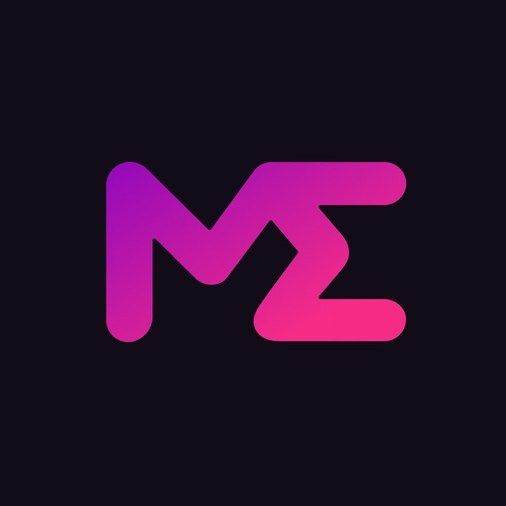
Magic Eden is the go-to NFT marketplace on the Solana blockchain. Magic Eden does not charge any fee for listing NFTs or making offers. Users only need to pay transaction fees when a sale is made. The platform charges only 2% on transactions, which is comparatively lower than other NFT marketplaces.
- User-friendly interface
- Cost-effective transaction fees
- A diverse range of high-quality NFTs is available
- Limited mobile functionality, only for browsing.
- Primarily focused on more affordable NFTs.
- Uses closed-source software.
1. Sign in to web3 wallet.
2. Explore collection.
3. Select an NFT.
4. Click Buy Now.
Why look for OpenSea alternatives?
How to choose the best Opensea alternative for you
While Opensea is still a huge name in NFT-land, there are many great Opensea alternatives clamoring for their share of the digital collectible pie. The best marketplace for you will depend on a variety of factors, including the level of security, fees, user-friendliness, and the type of NFTs supported.
It is important to carefully consider these factors and evaluate each marketplace before making a decision. Start with a small investment to test out the marketplace’s features before committing to larger transactions.
Frequently asked questions
Is there an alternative to OpenSea?
What NFT marketplace is similar to OpenSea?
Is OpenSea the best NFT marketplace?
Is OpenSea the only NFT marketplace?
Which is better Mintable or OpenSea?
Is LooksRare better than OpenSea?
Disclaimer
In line with the Trust Project guidelines, the educational content on this website is offered in good faith and for general information purposes only. BeInCrypto prioritizes providing high-quality information, taking the time to research and create informative content for readers. While partners may reward the company with commissions for placements in articles, these commissions do not influence the unbiased, honest, and helpful content creation process. Any action taken by the reader based on this information is strictly at their own risk. Please note that our Terms and Conditions, Privacy Policy, and Disclaimers have been updated.


